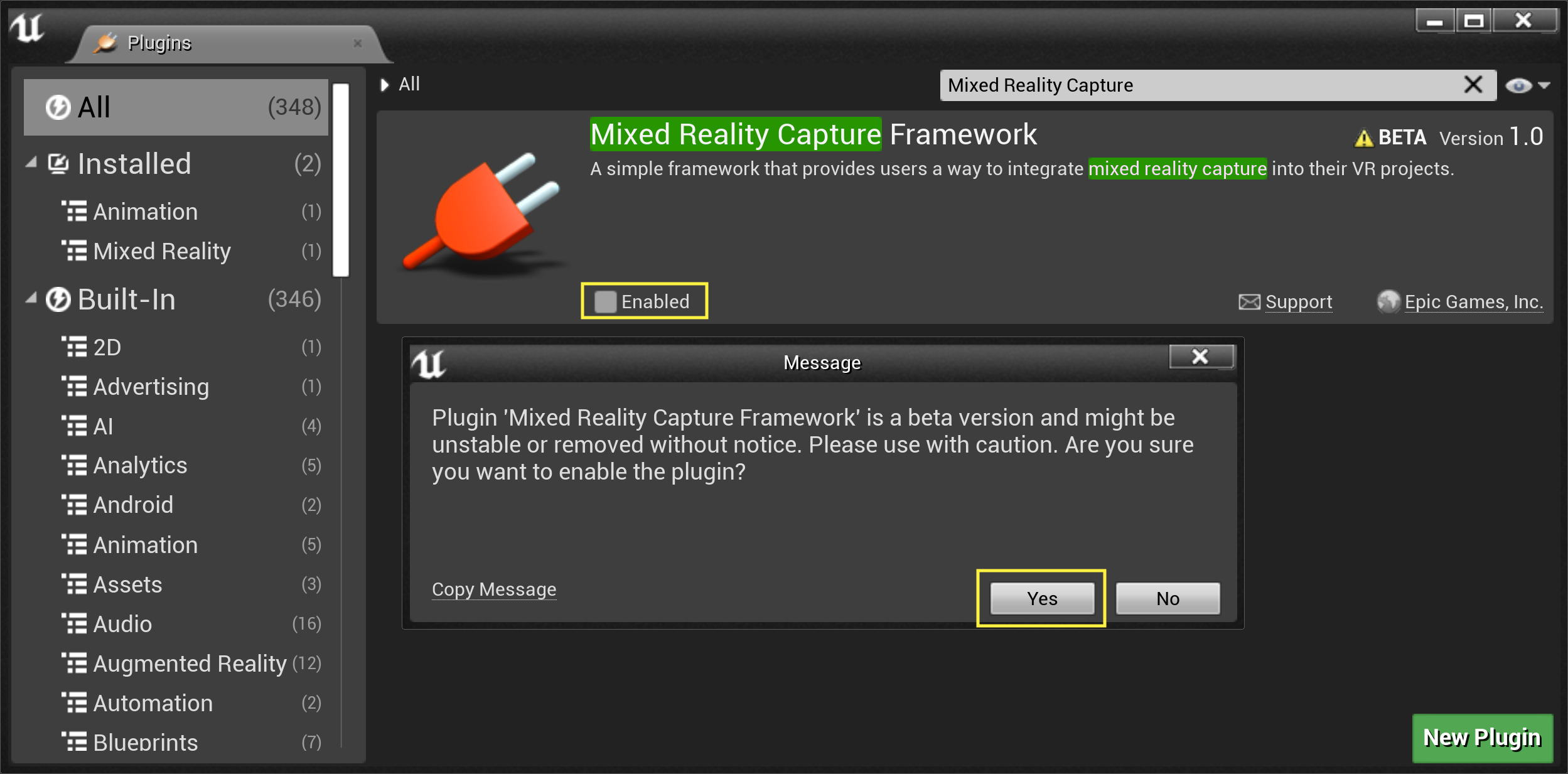


Of course not every type of application has been covered, nor every scientific paper (about 186,000 papers in Google Scholar): in particular, in this review we have not covered applications in psychological or medical rehabilitation. The purpose of this article is to survey a range of VR applications where there is some evidence for, or at least debate about, its utility, mainly based on publications in peer-reviewed journals. Scientists, engineers, and people working in industry carried on with their research and applications using and exploring different forms of VR, not knowing that actually the topic had already passed away. Then, VR disappeared from public view and was rumored to be “dead.” In the intervening 25 years a huge amount of research has nevertheless been carried out across a vast range of applications – from medicine to business, from psychotherapy to industry, from sports to travel. This reached the attention of the public, and VR was hailed by many engineers, scientists, celebrities, and business people as the beginning of a new era, when VR would soon change the world for the better. In the 1980s and 1990s, VR emerged again based on a different generation of hardware (e.g., CRT displays rather than vector refresh, electromagnetic tracking instead of mechanical). Virtual reality (VR) started about 50 years ago in a form we would recognize today – although the hardware was completely different.


 0 kommentar(er)
0 kommentar(er)
